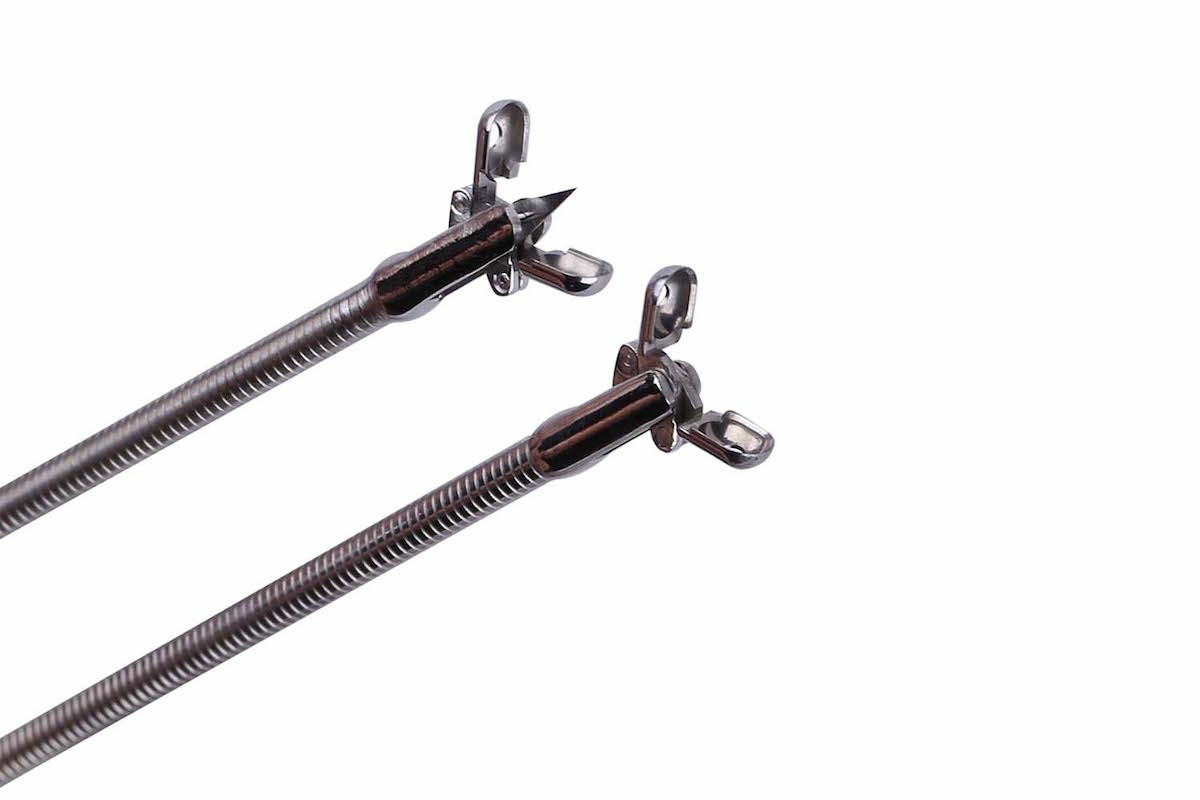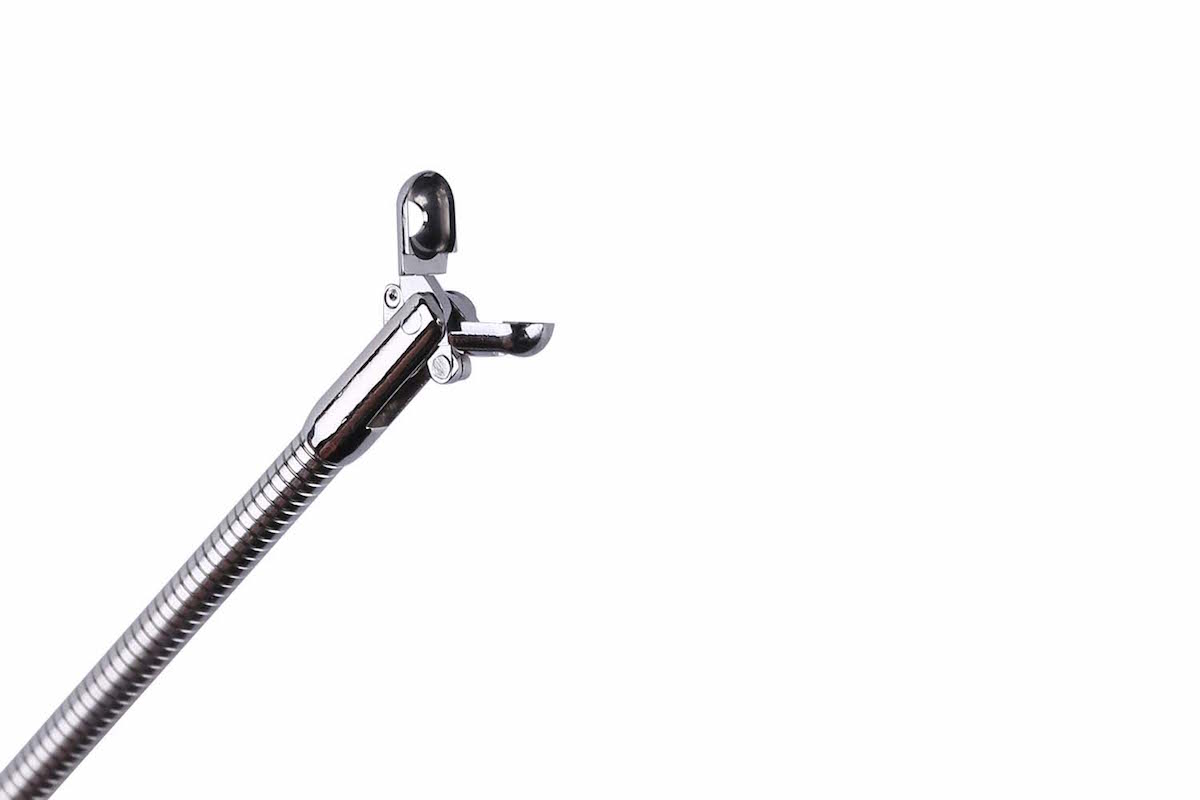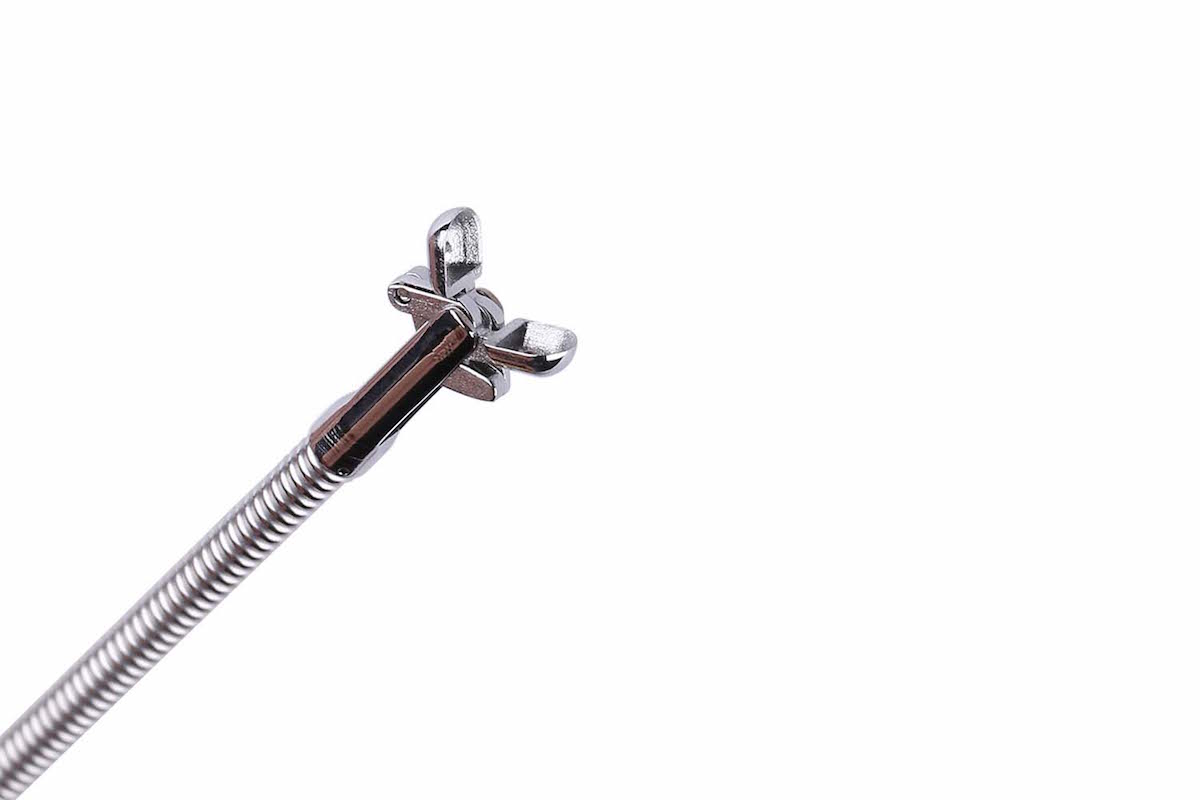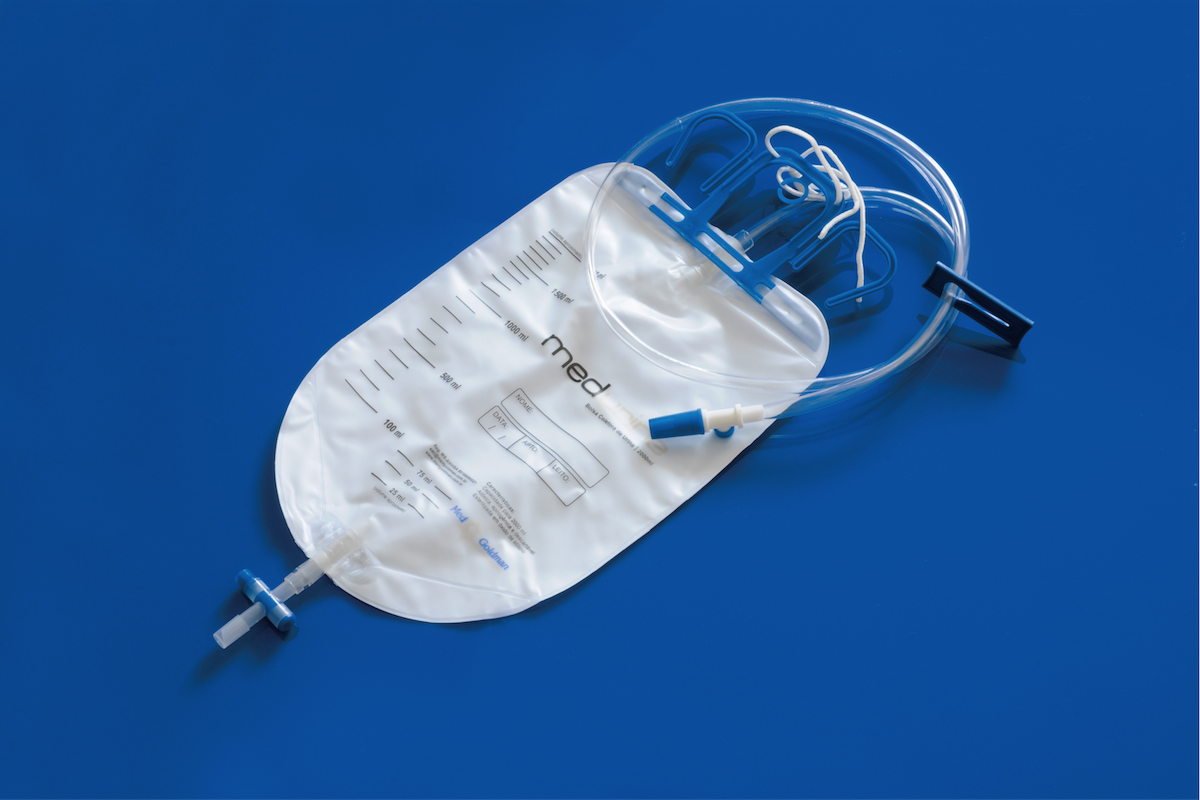A guide to using your pen syringe

KWT Medicals News • May 15, 2019
AThis is a guide to using your pen syringe. It will show you how to: Use the different types of pen syringe; Choose a good injection site; Prepare for injection and choose the right pen needle.
Do the injection
There are several different types of pen syringe. Some pen syringe is disposable with syringe already in the pen. There is a plunger in the pen, once it is at the end of the pen, you will need to use a new pen. Once the pen is empty, you can throw the whole pen in your recycling bin。
Non-disposable pen syringe: some pen syringe are non-disposable. They have a reusable pen which holds an syringe cartridge that is inserted into the pen. To open and replace the syringe cartridge, some of the non-disposable pens twist with the two parts of the pen moving in opposite directions. Other pens unscrew.
The pen syringe cartridge is put into the pen with a small end going in first. Non-disposable pens also have a plunger, once the plunger is at the end of the cartridge, you must replace the cartridge in the pen.
Caring for your pen syringe and cartridge:
Once you start using a disposable pen syringe or a pen with the cartridge: keep them at room temperature.
Pen syringe is only good for 28 days at room temperature. If you have not used all the liquid at the end of the 28 days, throw the remainder away and use a new pen or cartridge.
Pen syringe or cartridges that you are not using should be kept in the refrigerator until you need them or until they expire. Check the box they come in for the expiry date.
All pen syringe or cartridges hold a minimum of 300 units of liquid, allowing for multiple doses. The pen dials up units of liquid. The way to dial up units of liquid. The way to dial up the dose is by twisting the knob at the end of the pen. For the Novo non-disposable pens you need to pull out the end before dialing.
Choosing a good injection site:
For adults the abdomen is the best place to do the injection because the liquid is absorbed the same each time. Other possible sites are the thighs and buttocks. The arm is not recommended because it is very easy to inject in the muscle.
To inject in the abdomen
Do not inject within 2 centimeters or 1 inch of your belly button. Thre are a lot of blood vessels in this area.
- Do not inject within 2 centimeters or one inch of any bones, like your hip or ribs.
- Do not inject in to scar tissue from injuries or surgeries.
- Do not inject where there are inject into scar tissue from injuries or surgeries.
- Do not inject where there are bumps or lumps from lipohypertrophy.
Lipohypertrophy is damaged tissue that happens when the liquid has been injected into the same area many times.
Scar tissue occurs under the skin with decreased blood flow to the area. Decrease blood flow means that if you inject in this area the liquid will not be absorbed. It will not work as good as it should.
Avoid these areas for at least 3 months. To prevent lipohypertrophy, do not inject in the same area. Keep moving your injection sites over by one finger width. Keep rotating to different areas. If you move to a new injection area be careful of low blood sugars as your liquid may now absorb faster and work better.
Preparing for injection:
To prepare for an injection, you will need your pen syringe and a pen needle.
1. Choose the right needle, the pen needle should be four to a six-millimeter needle. You will find the size of the needle on the tear-off tab on the pen needle. Use a new needle each time you inject.
2. Next, wash your hands before preparing for or doing the injection to reduce your chance of getting an infection.
3. Pull the cap off the pen and check to make sure there is enough liquid.
Check the liquid in the pen syringe. The liquid in the pen or cartridge may be cloudy or clear. If it is cloudy liquid there are two types of liquid in the pen.
4. The liquid must be mixed so that you get the right amount of liquid. To mix liquid, roll the pen between your palms ten times, then tip the pen ten times. This should be done before every injection.
5. Pull the tab off the pen needle and attach it to the pen by twisting the needle clockwise until it is right.
6. Remove the two caps from the needle. Dial-up two units. Push the bottom of the pen to release the air from the needle. Look for a drop of the liquid on the end of the needle. If there is no liquid, dial-up another two units and push the bottom again, Repeat these steps until you see liquid at the end of the needle. Dial-up the dose of liquid you will inject.
Doing the injection:
1. First, put the needle in your skin straight in, not at an angle. If you are very thin, you might need to pinch your skin and lift it up to prevent the injection from going into the muscle.
2. Inject the liquid by pushing the button at the bottom of the pen all the way in.
3. Check to make sure the dial goes to zero. Count to 10 while leaving the needle in place so that you will get all of the liquid you will know if you didn’t leave the needle is long enough if your skin is wet, or you smell liquid.
4. Remove the needle from your skin
5. recap the needle using the larger outer cap. Turn it to the left to remove the needle.
6. Throw the needle in a sharps container or glass container with a lid. Never put the needle into your regular garbage.
7. Do not store the pen with the needle attached, as air can be pulled into the pen if the room temperature changes.
Doing the injection:
The different types of liquid pens.
How to choose a good injection site.
How to prepare for injection and choose the right needle.
How to give yourself an injection. If you have any questions on how to use a pen syringe, talk to your health care provider go to the company website: www.kwtmedicals.com, or look at the instruction manual for your pen syringe.







